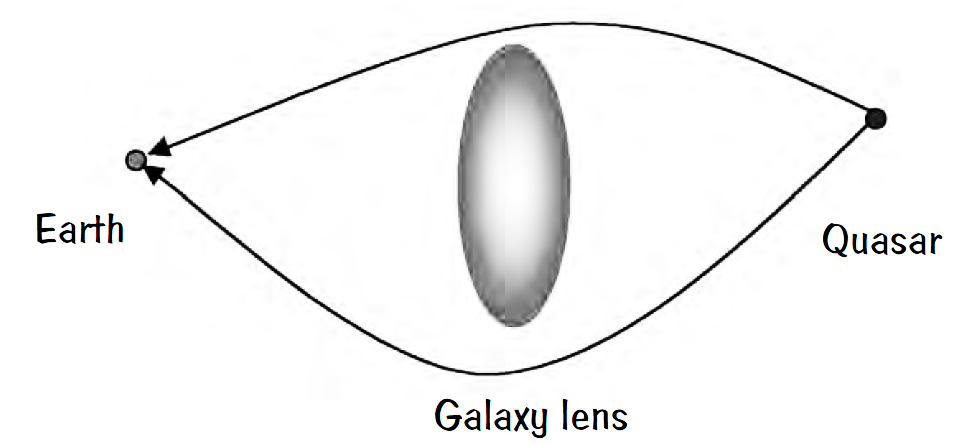
تاريخ الفيزياء

علماء الفيزياء


الفيزياء الكلاسيكية

الميكانيك

الديناميكا الحرارية


الكهربائية والمغناطيسية

الكهربائية

المغناطيسية

الكهرومغناطيسية


علم البصريات

تاريخ علم البصريات

الضوء

مواضيع عامة في علم البصريات

الصوت


الفيزياء الحديثة


النظرية النسبية

النظرية النسبية الخاصة

النظرية النسبية العامة

مواضيع عامة في النظرية النسبية

ميكانيكا الكم

الفيزياء الذرية

الفيزياء الجزيئية


الفيزياء النووية

مواضيع عامة في الفيزياء النووية

النشاط الاشعاعي


فيزياء الحالة الصلبة

الموصلات

أشباه الموصلات

العوازل

مواضيع عامة في الفيزياء الصلبة

فيزياء الجوامد


الليزر

أنواع الليزر

بعض تطبيقات الليزر

مواضيع عامة في الليزر


علم الفلك

تاريخ وعلماء علم الفلك

الثقوب السوداء


المجموعة الشمسية

الشمس

كوكب عطارد

كوكب الزهرة

كوكب الأرض

كوكب المريخ

كوكب المشتري

كوكب زحل

كوكب أورانوس

كوكب نبتون

كوكب بلوتو

القمر

كواكب ومواضيع اخرى

مواضيع عامة في علم الفلك

النجوم

البلازما

الألكترونيات

خواص المادة


الطاقة البديلة

الطاقة الشمسية

مواضيع عامة في الطاقة البديلة

المد والجزر

فيزياء الجسيمات


الفيزياء والعلوم الأخرى

الفيزياء الكيميائية

الفيزياء الرياضية

الفيزياء الحيوية

الفيزياء العامة


مواضيع عامة في الفيزياء

تجارب فيزيائية

مصطلحات وتعاريف فيزيائية

وحدات القياس الفيزيائية

طرائف الفيزياء

مواضيع اخرى
Gravitational Lensing
المؤلف:
Franklin Potter and Christopher Jargodzki
المصدر:
Mad about Modern Physics
الجزء والصفحة:
p 109
10-11-2016
645
Gravitational Lensing
In examining the universe, astronomers utilize a technique called gravitational lensing of the light from distance stars. Supposedly, space itself can act as a lens for light rays. How can the emptiness of space the vacuum itself around stars and galaxies focus light?

Answer
The general theory of relativity (GTR) tells us that all forms of energy are affected by a gravitational field, including the energy carried by photons of light. In the Schwarzschild metric surrounding a star, for example, the path of the light from a distant star is diverted toward the Sun from a straight-line path when passing near a massive body such as our Sun. Half of the deflection angle is caused by the Newtonian attraction of the Sun; the second half is caused by the geometrical modification, called curvature, of space by the Sun. Gravitational lensing ideas have been around for about 200 years, but only in the past decade or so has gravitational lensing played an important part in astronomical measurements.
If the intermediate massive body is a galaxy, then light from distance sources behind this galaxy will be focused somewhat by the two effects,

just like the light going through a glass lens is refracted to a focus. However, the geometry of the light focusing is much more complicated for gravitational lensing than for a simple symmetrical convex lens, for several reasons. The light may be focused onto a line instead of a point, for example, in an ideal case. Therefore, astronomers can use galaxies as lenses to gather more light from far objects better. The focus may be poor, but the greater intensity allows many spectroscopic techniques to work better.
Usually the image resolution of the distant object is quite limited by inhomogeneities in the intermediate galaxy. However, these properties of the intermediate galaxy can be examined quite well! In fact, if the classical application of the GTR to calculate the focusing effects in gravitational lensing is correct, then the total mass of the intermediate galaxy and its mass distribution can be determined. Galaxy masses determined with gravitational lensing have disagreed with the very successful proposal for a modified Newtonian dynamics (MOND) within a galaxy region and have supported the “dark matter” models. However, the game is not over for MOND because large-scale gravitational quantization, either from a version of M-theory and superstrings or from some other quantization scheme, may come to the rescue eventually.
 الاكثر قراءة في طرائف الفيزياء
الاكثر قراءة في طرائف الفيزياء
 اخر الاخبار
اخر الاخبار
اخبار العتبة العباسية المقدسة

الآخبار الصحية















 قسم الشؤون الفكرية يصدر كتاباً يوثق تاريخ السدانة في العتبة العباسية المقدسة
قسم الشؤون الفكرية يصدر كتاباً يوثق تاريخ السدانة في العتبة العباسية المقدسة "المهمة".. إصدار قصصي يوثّق القصص الفائزة في مسابقة فتوى الدفاع المقدسة للقصة القصيرة
"المهمة".. إصدار قصصي يوثّق القصص الفائزة في مسابقة فتوى الدفاع المقدسة للقصة القصيرة (نوافذ).. إصدار أدبي يوثق القصص الفائزة في مسابقة الإمام العسكري (عليه السلام)
(نوافذ).. إصدار أدبي يوثق القصص الفائزة في مسابقة الإمام العسكري (عليه السلام)


















